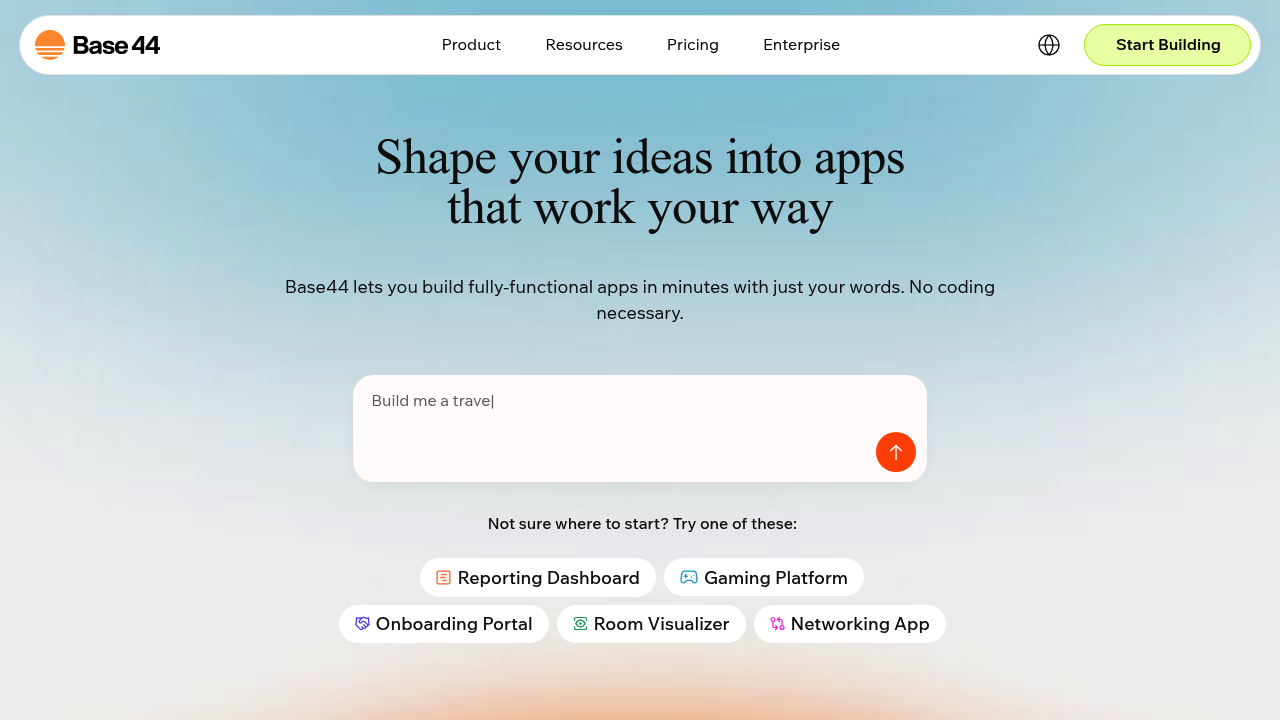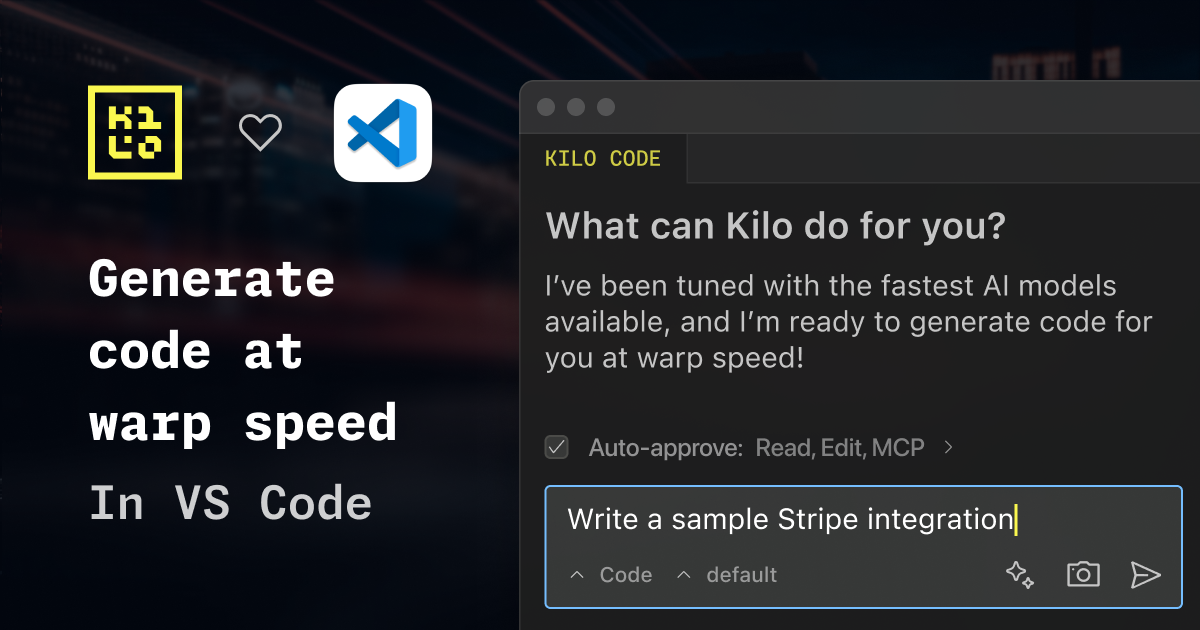Vibe Coding
Vibe Coding Creation Tool
Vibe Coding Tools: Where AI Meets Your Actual Workflow
Vibe coding isn't about replacing developers with robots. It's about finding that flow state where your tools actually understand what you're trying to build and get out of your way—or better yet, help you get there faster.
This is the main event. The tools that are actually changing how code gets written in 2025.
What Makes a Tool "Vibe Coding"?
Traditional development tools wait for you to tell them exactly what you want. Autocomplete suggestions appear character by character. Linters flag issues after you've already written the problematic code. Documentation lives in a browser tab you have to context-switch to check.
Vibe coding tools flip that model. They anticipate what you're building based on context. They understand not just syntax but intent. They catch issues before they become bugs and suggest improvements that match your existing patterns. The best ones feel less like tools and more like having a sharp colleague pair programming with you—minus the keyboard hogging.
The "vibe" part isn't just marketing speak. It's about tools that understand the gestalt of what you're doing rather than just processing individual commands. A vibe coding tool knows that when you create a new API route, you'll probably need corresponding tests, error handling, and documentation. It doesn't wait for you to ask for each piece separately.
What You'll Find Here
This category covers the full spectrum of AI-powered development tools that are actually worth your time. We're talking about:
Code generation assistants that write boilerplate, implement features, and help you prototype faster. The ones that go beyond glorified autocomplete to actually understand your codebase and architecture.
Intelligent refactoring tools that can restructure your code while maintaining functionality across multiple files. Not just find-and-replace with extra steps—real architectural transformation.
Context-aware debugging assistants that don't just point at the stack trace and shrug. Tools that understand your codebase well enough to suggest why something broke and how to fix it.
AI-powered code review systems that catch issues humans miss and learn your team's preferences over time. The kind that actually improve code quality instead of just enforcing arbitrary style rules.
Natural language coding interfaces where you can describe what you want in plain English (or Portuguese, or Japanese) and get working code that integrates with your existing project. When they work well, they're legitimately useful. When they don't, they're expensive chatbots.
Codebase understanding tools that help you navigate unfamiliar code, understand architectural decisions, and onboard to new projects faster. Especially valuable when you're dealing with legacy systems or large distributed architectures.
The Current Landscape
The vibe coding tool ecosystem is moving fast. New tools launch constantly, existing ones add capabilities that would have seemed impossible two years ago, and the line between different categories keeps blurring. Some tools started as autocomplete and evolved into full development environments. Others began as chatbots and grew architectural understanding. A few were built from scratch with specific workflows in mind.
What matters isn't the category label—it's whether a tool actually helps you write better code faster. The best ones integrate naturally into your existing workflow rather than forcing you to change how you work. They provide value immediately, not after weeks of configuration and prompt engineering.
How We Evaluate These Tools
We're not interested in benchmark performance on synthetic coding tasks or impressive demos on carefully curated examples. What matters is how tools perform on real codebases with all their messy complexity—legacy dependencies, inconsistent naming conventions, architectural debt, and all.
The tools featured here have been evaluated on practical criteria: How well do they understand context? How accurate are their suggestions? How do they handle edge cases? What's the learning curve? Do they actually speed up development or just add cognitive overhead? Are they worth the subscription cost?
We also look at the technical foundation. Which LLM powers the tool? How is the context window used? What's the approach to code understanding—pure generation, hybrid analysis, or something else? These details matter because they explain why tools behave the way they do and where their limitations come from.
Making Sense of Your Options
Choosing vibe coding tools isn't straightforward. Some excel at greenfield projects but struggle with legacy code. Others are brilliant at refactoring but mediocre at generation. A few are incredible for specific languages or frameworks but useless outside their domain. And then there's the question of whether you want cloud-based tools with the latest models or self-hosted options that keep your code local.
This section helps you navigate those trade-offs. We cover tools across the spectrum—from the big names everyone's using to smaller specialized options that might be perfect for your specific use case. Each listing includes honest assessments of strengths, weaknesses, pricing, and ideal use cases.
You'll find detailed reviews that go beyond feature lists to explain how these tools actually work in practice. Comparisons that help you understand the real differences between options that might sound similar. And practical guidance on integrating AI tools into your workflow without turning your development process into a science experiment.
The Reality Check
Here's what we won't tell you: that AI coding tools will replace developers, that they work perfectly out of the box, or that any single tool is right for everyone. The hype cycle around AI coding has produced a lot of noise and some genuinely useful signal. We're focused on the signal.
These tools are powerful but not magic. They make mistakes. They have biases based on their training data. They sometimes suggest code that looks right but has subtle bugs. The best developers using these tools know when to trust them and when to double-check. They use AI to handle the tedious parts so they can focus on the interesting problems—architecture, optimization, and the creative aspects of building software.
The tools in this category represent the current state of the art in AI-assisted development. Some will become industry standards. Others will fade as better options emerge. What matters is finding the ones that make your specific work better, faster, or more enjoyable.
Welcome to the future of coding. It's messier and more interesting than the marketing materials suggest.
Filters



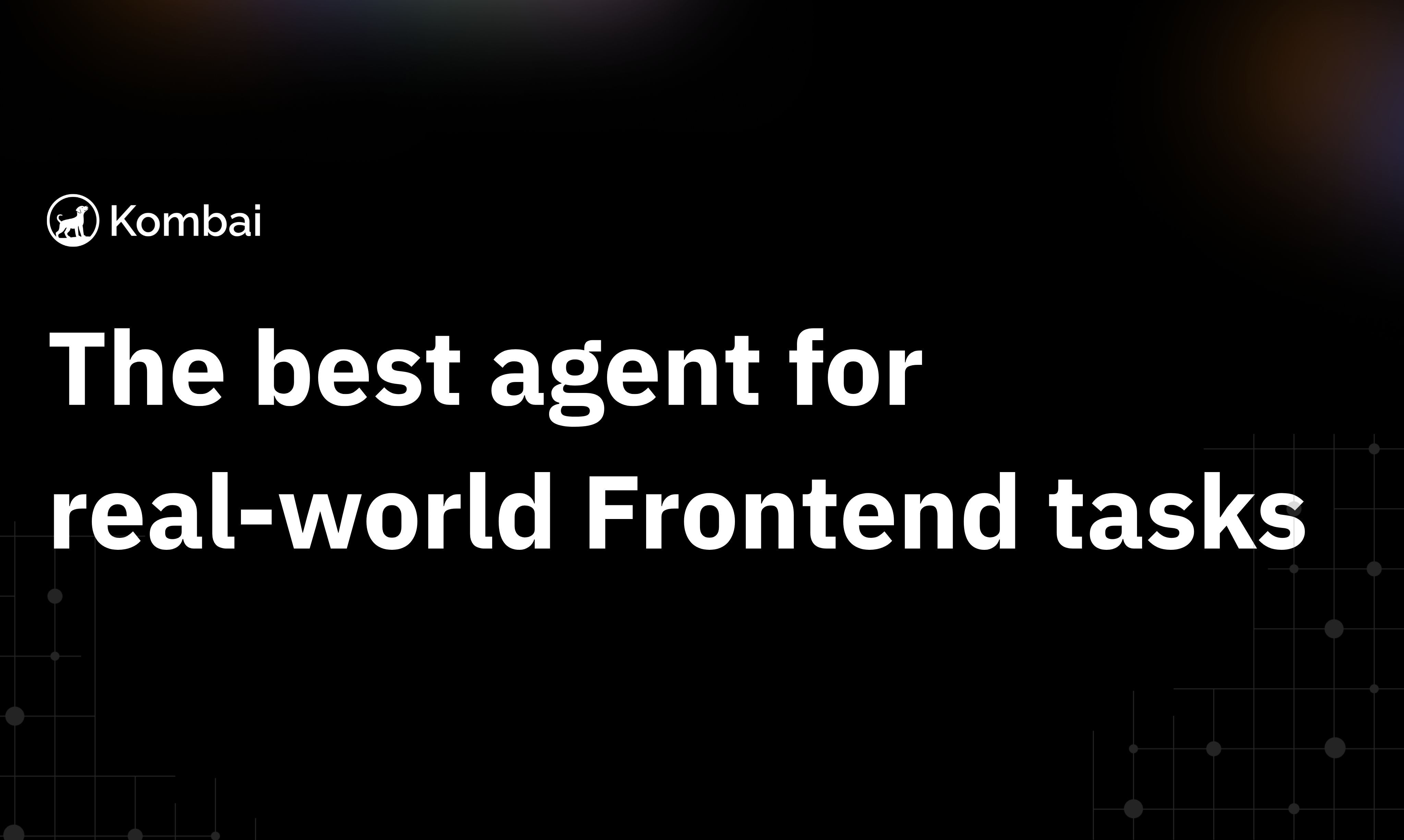
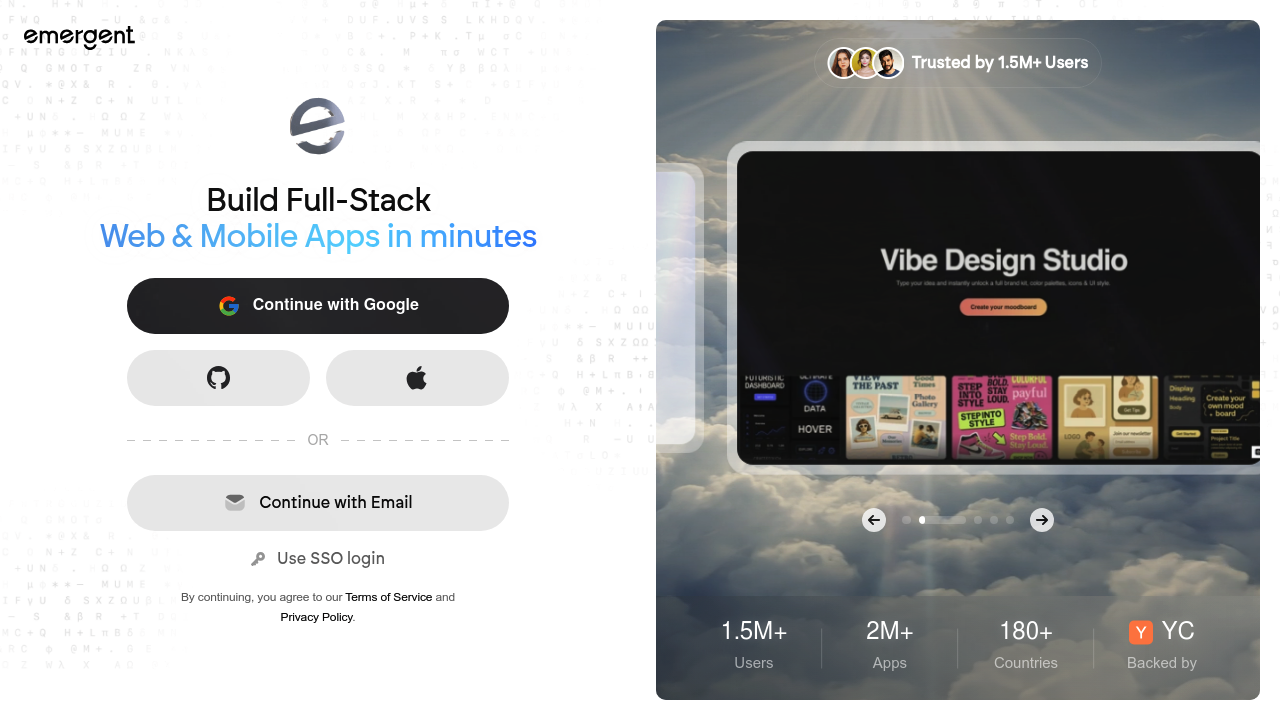
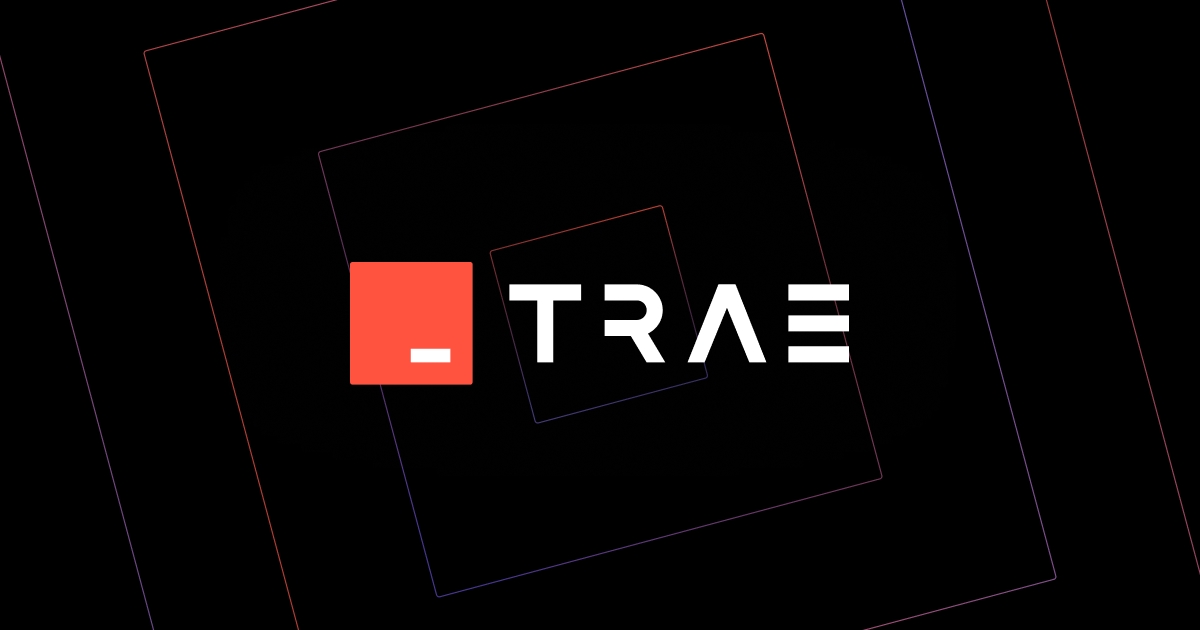
 TRAE - Collaborate with Intelligence
TRAE - Collaborate with Intelligence
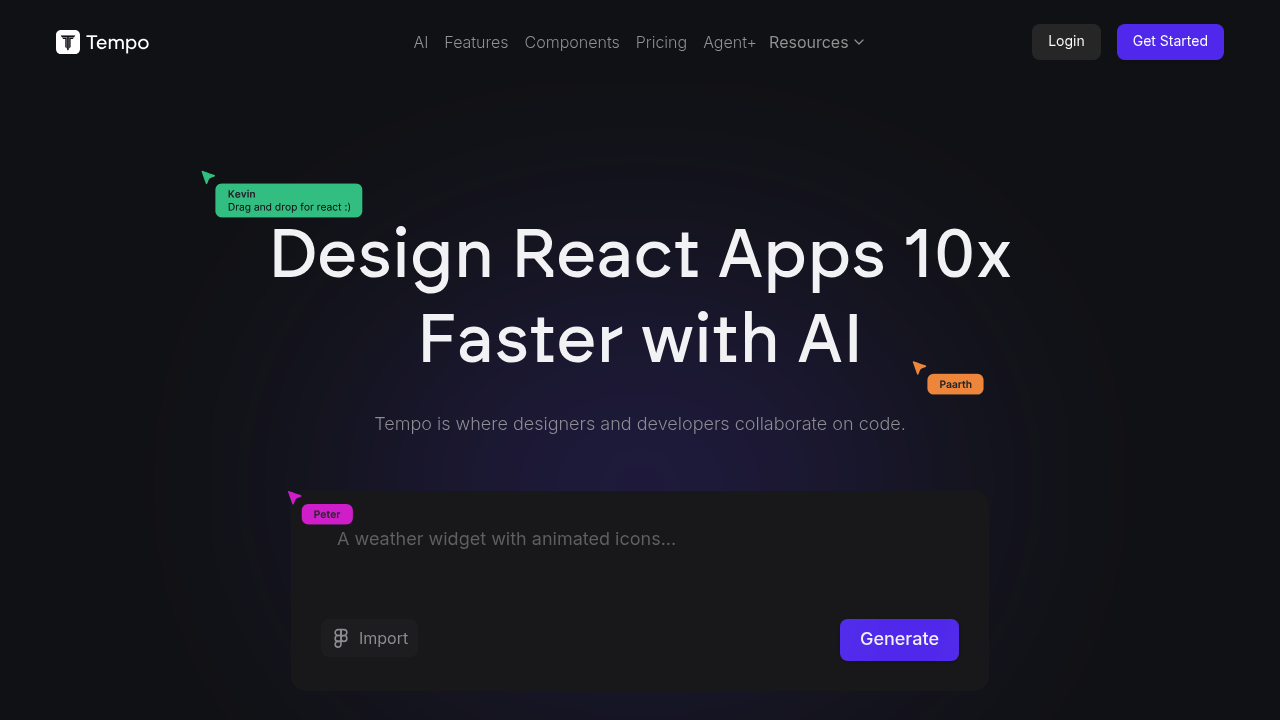
 Tempo | Prompt. Develop. Design. Collaborate.
Tempo | Prompt. Develop. Design. Collaborate.
